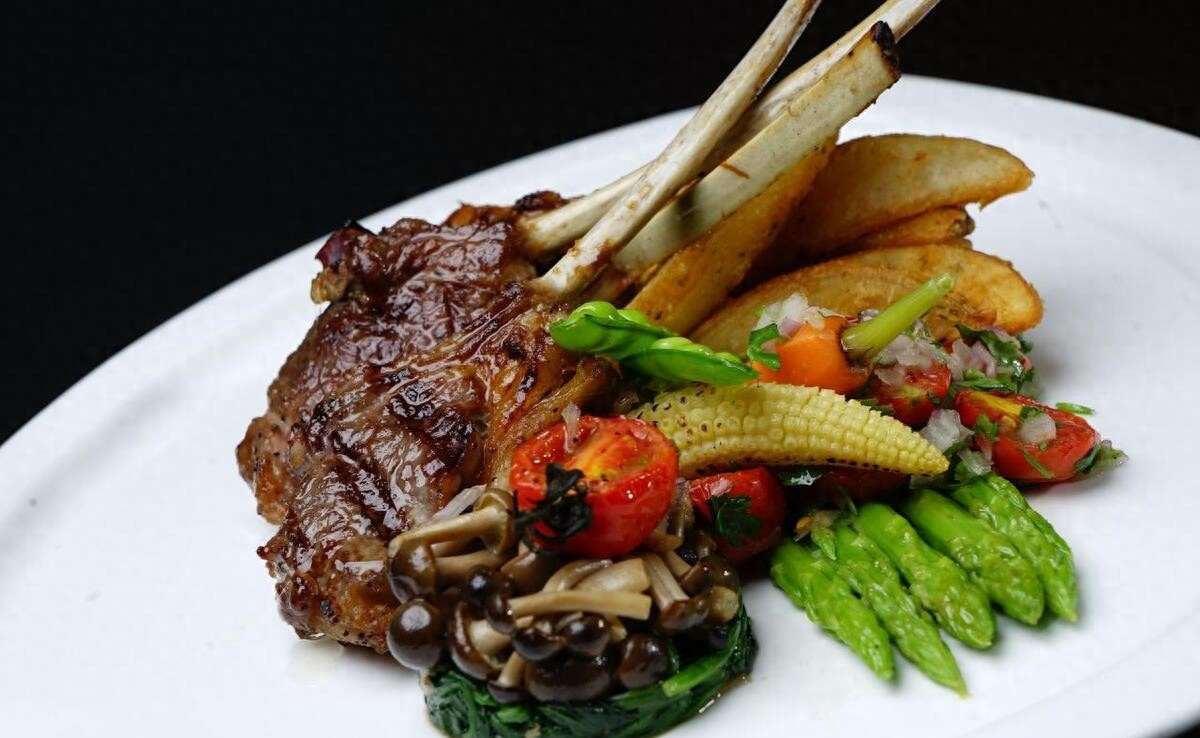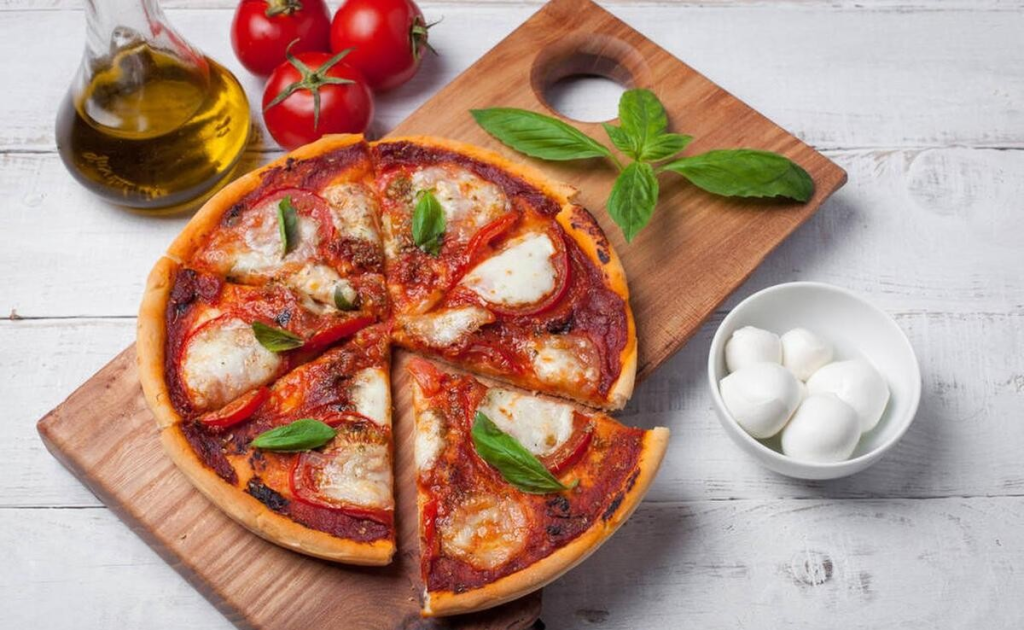
In the map of world cuisine, European gastronomy holds a place of singular importance. Among its many illustrious traditions, French and Italian cooking shine brightest—each captivating legions of admirers across Europe and beyond. Their rivalry for the title of “Europe’s Finest Cuisine” goes far deeper than taste alone; it is a clash of culture, history, and heritage.
1. Historical Roots: From Influence to Independence
Though today distinct, French and Italian cuisines share a common origin. During the Roman Empire, Gaul (modern France) was a Roman province, and celebrated Roman chefs brought lavish, refined techniques northward. Medieval French kitchens borrowed generously from Italian methods, yet lacked innovation or formal dining rituals.
That began to change in 1533, when Catherine de’ Medici married King Henry II of France—bringing with her thirty Italian chefs and exotic ingredients. Under her influence (and later that of Marie de’ Medici), French cooks mastered new sauces, pastries, and sophistication. King Louis XIV, a self‑declared “gastronome,” further elevated cooking to courtly sport—holding competitions for his 300 chefs and rewarding excellence with medals. By the 17th century, France had forged its own style and eclipsed Italian techniques.
Following the Revolution, royal banquets gave way to public restaurants, and by the 1970s “nouvelle cuisine” embraced freshness, presentation, and lighter sauces. Meanwhile, Italy—cradle of Western cookery—had seen its own golden era under the Roman Empire, exporting Mediterranean staples that laid the groundwork for European fare. Over centuries of city‑state and regional evolution, Italy’s kitchens absorbed countless local flavors, shaping a vast and varied culinary landscape.

2. Cooking Styles: Elegance versus Earthiness
French Cuisine presents itself like nobility at the table: luxurious, precise, and inventive. Chefs source seasonal, premium produce—especially dairy—and employ advanced sauce‑making techniques to create dozens of delicate, richly flavored “mother sauces.” Wine is integral: crisp whites for seafood, full‑bodied reds for hearty meats. Every dish is artfully plated; a three‑course structure (entrée, plat, dessert) underpins both grand and home kitchens alike, with entrées offering endless small‑plate creativity, and mains featuring robust proteins with imaginative accompaniments.
Italian Cuisine, by contrast, pulses with warmth and simplicity. Rooted in fresh, high‑quality staples—olive oil, tomatoes, grains, and cheese—it celebrates pure flavors and vibrant colors. An Italian meal often begins with Antipasto (cold cured meats, salads, or fried morsels), followed by a light Primo (soup, pasta, or risotto), and a hearty Secondo of grilled fish or meat—seasoned simply at table with salt or olive oil. Bread and balsamic vinegar or olive oil are constant companions, and Dolce (desserts) like gelato or panna cotta finish the feast with rustic charm.
3. Signature Dishes: The Height of Temptation
French Classics
- Foie Gras: Silky duck or goose liver, lightly seared or terrine‑prepared, served with tart fruit compote or crisp toast.
- Escargots à la Bourguignonne: Snails bathed in garlic‑parsley butter, then baked until aromatic and rich.
- French Onion Soup: Caramelized onions in savory stock, topped with gratinéed cheese and crusty bread, offering deep warmth and comfort.
Italian Icons
- Neapolitan Pizza: A blistered, paper‑thin crust crowned with San Marzano tomatoes, fresh mozzarella, and basil—the very soul of Naples.
- Pasta al Ragù / Risotto: From Bolognese‑coated tagliatelle to creamy saffron risotto, each region boasts its own pasta‑and‑sauce masterpiece.
- Tiramisù: Layers of espresso‑soaked ladyfingers and mascarpone cream, dusted with cocoa—light, coffee‑kissed, and utterly romantic.
4. Dining Culture: Ritual versus Spontaneity
In France, dining is ceremony. Tables are laid with polished silver, fine linens, and fresh flowers. Guests follow a strict progression: starter before main, soup quietly sipped, and utensil etiquette observed with decorum. To the French, a meal is not merely fuel but an artful celebration of life.
In Italy, mealtime is convivial and free‑spirited. Friends and family gather around overflowing platters, laughter and conversation flowing as freely as the wine. Basic manners persist—correct use of cutlery, no elbows on the table—but formality gives way to warmth. Italians view food as the ultimate social bond, savoring both flavor and fellowship.
5. Global Impact: Two Culinary Empires
French Cuisine projects an aura of refinement worldwide. Fine‑dining establishments from Paris to Tokyo proudly showcase classic French techniques, and acclaimed chefs are sought after as ambassadors of épicerie and artistry. French cookbooks, films, and culinary schools spread its ethos of elegance and technique.
Italian Cuisine reigns as the people’s favorite. Pizza parlors and pasta bars dot every continent, from New York to New Delhi. The accessibility of Italian staples—combined with mass‑migration and media—has cemented its presence in homes and restaurants everywhere. Whether in a bustling metropolis or a quiet village, one can find genuine Italian ristorante culture, underscoring its democratic, flavor‑first appeal.
Conclusion
French and Italian cuisines each offer a world of taste, history, and culture. France wows with precision, presentation, and centuries of courtly refinement; Italy enchants with heartfelt simplicity, vibrant ingredients, and regional diversity. Declaring one “best” is a matter of personal palate—some prefer the ritual of sauce‑laden elegance, others the rustic joy of sun‑kissed produce. Ultimately, both traditions enrich our tables and remind us that the truest glory of European food lies not in competition but in the endless delight of discovery.


